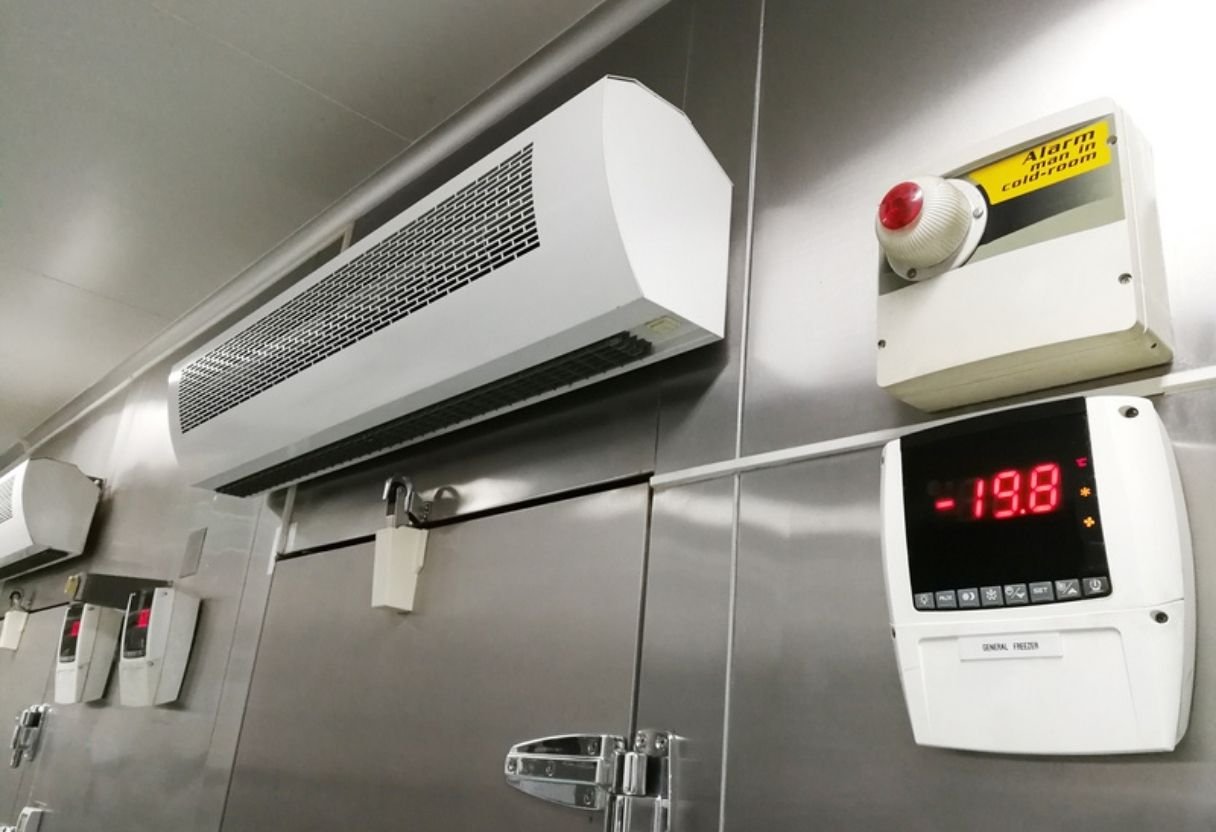4 Features to Look for When Evaluating a Freezer Temperature Sensor

The importance of freezer temperature sensors
Temperature monitoring and analytics platforms detect fluctuations in holding conditions that can impact valuable inventory. However, many people aren't sure what features to look for when researching which freezer temperature sensor to buy. For many business owners, affordability is top of mind. While cost is essential, there are a variety of other factors that you should consider.
Here are our top four features to look for when evaluating freezer temperature sensors, from alerting to customization.
1. Go wireless
To fully realize the benefits of freezer temperature sensors, it’s best to pick a system applicable to all freezers. As commercial freezers are differently shaped and located in different areas of facilities, it’s best to choose a system uninhibited by your physical infrastructure. Therefore, we recommend choosing wireless freezer temperature sensors.
Opting for a wireless system reduces the time and expense of implementation. Frequently, wired temperature monitoring systems require a third-party team to visit your location to perform the installation.
With a team of outside personnel in your workspace, performing the tasks you rely on to keep operations running smoothly may be challenging. If your team cannot complete their routine jobs with outside personnel onsite, your production schedule is delayed, wasting time. Wasted time for foodservice providers may lead to delaying the start of service, which will ultimately cost you money.
2. Make data analysis easy
Speed and ease of use are essential factors in implementation; however, they are essential in gathering and analyzing data. Ideally, you want the ability to find and view all of your data in one place. With the ability to view all of your data at a glance or in-depth, you can spot shifts and trends within your freezer’s holding conditions. So you can make prudent operational decisions to protect your inventory.
This feature commonly comes in the form of a unified web dashboard. While the sensors exist to measure temperature and cold storage spaces, they lack a crucial visual component on their own. Therefore, wireless sensors send data via the cloud to the web dashboard to use the data.
It is also important to ensure that you can access your dashboard data from a variety of devices. Look for platforms with a dedicated mobile app so you can reliably reach your data on the go.
3. Receive timely alerts
Any freezer temperature sensor you install should be sensitive enough to recognize temperature fluctuations quickly. After all, you want to discern undesirable temperatures before your inventory spoils.
Once your temperature sensors catch undesirable temperature fluctuations, they should be able to deliver that information to you immediately so that your staff can correct the problem in an appropriate amount of time. Detecting unacceptable temperatures does no good if that information fails to reach you promptly, so your freezer temperature sensors should have the ability to send you alerts instantly, no matter where you are.
Additionally, look for the system to deliver the alerts from various mediums and access from various devices. For instance, some urgent situations, such as an acute temperature spike in your freezer, necessitate alerts via SMS or phone call. Alerts from less urgent events, such as a slow, gradual rise in humidity, are better served with email notifications.
4. Customized reporting
Every business has different needs for their frozen storage depending on the inventory they hold. Therefore, choosing a platform that you can tailor to your needs is crucial. Health and safety guidelines are just that; guidelines. They may not necessarily consider the specific storage requirements of the items in your freezer, the intervals at which defrost cycles occur, or the reports you need to produce come inspection time.
Customizable reporting is essential for compliance with health codes. Though the federal government sets standards for health and safety parameters, it is up to individual jurisdictions to inspect and enforce compliance. As laws change between cities, counties, and states, it is critical to report on the conditions of your cold storage that matter where you specifically operate.
While many platforms offer temperature metrics reporting, look for platforms that go a step beyond. Some examples include mean kinetic temperature and past alerts.
Choose Freezer Temperature Sensors that Check all the Boxes
Many factors go into streamlined, effective temperature management, requiring a well-rounded control system to handle the job. For a truly customizable experience, we recommend GlacierGrid temperature and humidity sensors. Our wireless platform accurately and efficiently compiles high-quality data, sends alerts, and generates customized reports that help you save your inventory and money.
Want to try GlacierGrid for yourself? Click below to buy now.







